Plastic Cell Culture Plate
As a commonly used and essential tool for culturing cells, cell culture plates have various shapes, specifications and uses.
Choice of cell culture plate
1) The cell culture plate can be divided into a flat bottom and round bottom (U-shaped plate and V-shaped plate) according to the shape of the bottom;
2) The number of culture wells is 6, 12, 24, 48, 96, etc.;
3) According to different materials, there are DSW plates and ordinary cell culture plates.
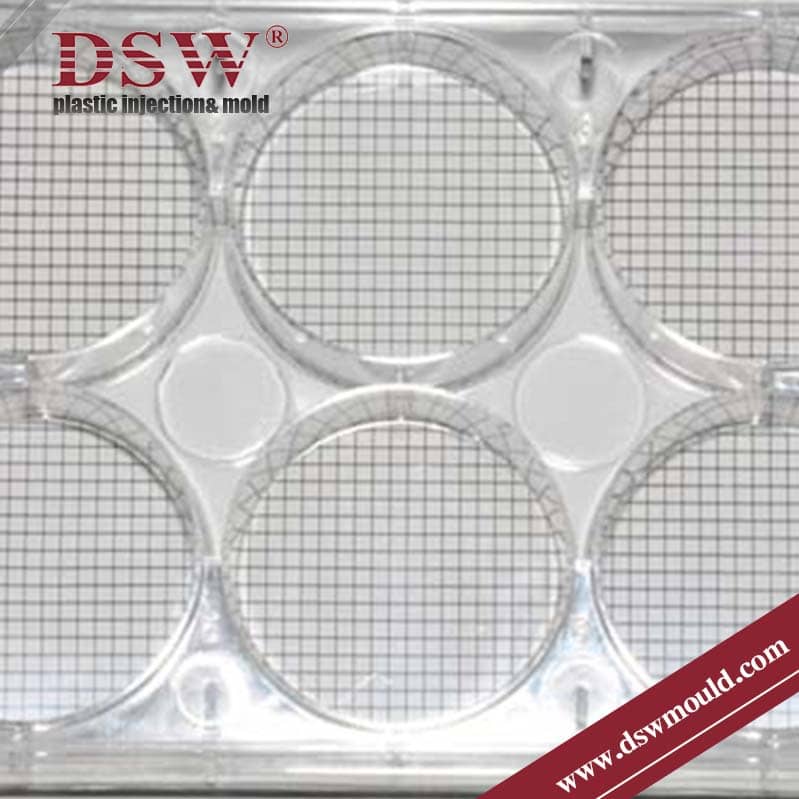
Plastic Cell Culture Plate
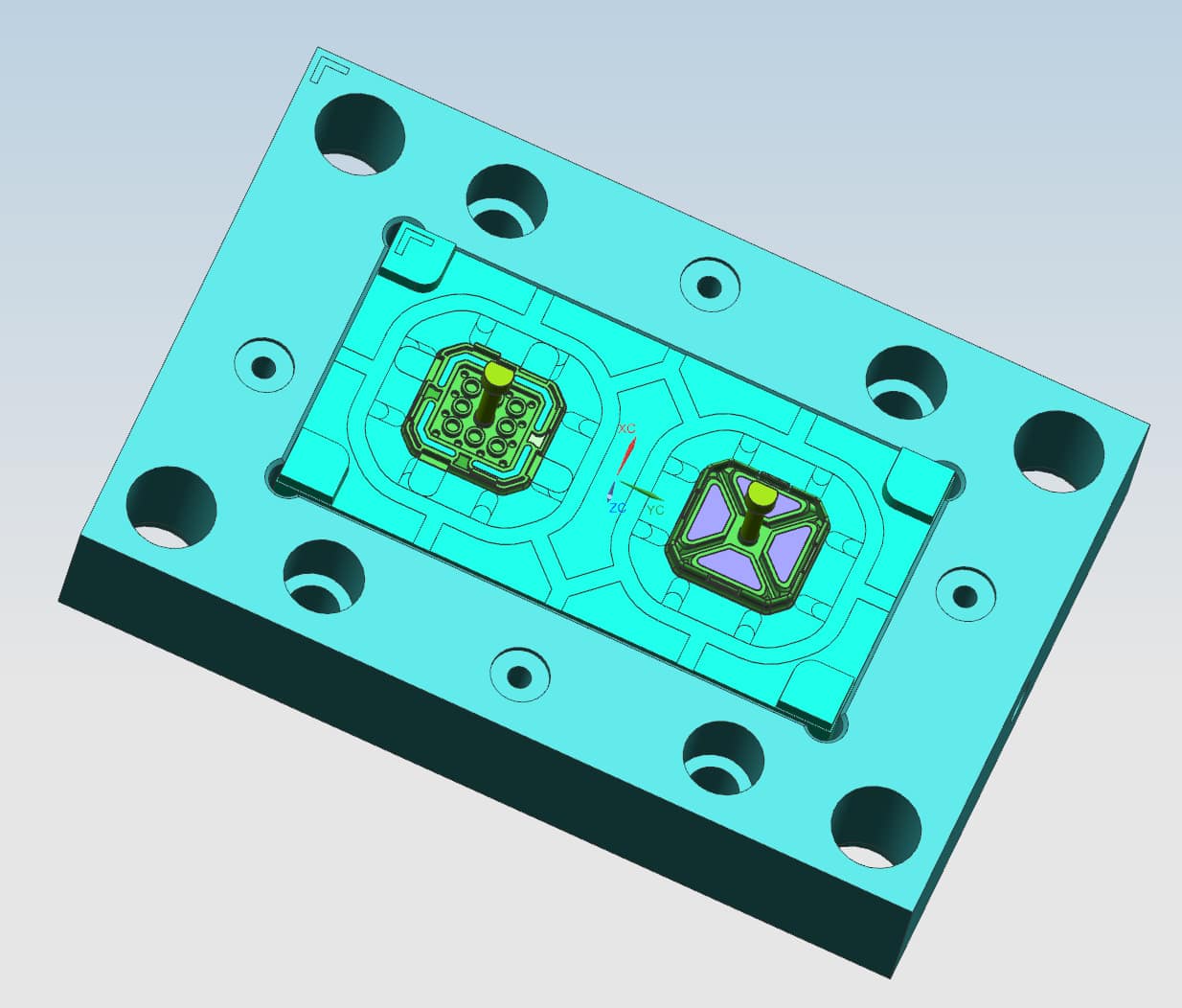
The specific selection depends on the type of cultured cells, the required culture volume and different experimental purposes.
The difference and choice of flat-bottomed and round-bottomed (U-shaped and V-shaped) culture plates
1) Flat-bottomed culture plates are generally used for adherent cells.
2) Type V is generally used for the culture of suspension cells.
3) U-shaped culture plates are also mainly used for culturing suspension cells.
4) Type V culture plates are sometimes used for immunological hemagglutination experiments.
Flat-bottomed plates can be used for almost cell culture, but when the number of cells is slight, such as cloning, a 96-well flat bottom plate is preferred.
If any of these files are impossible, please get in touch with us for alternative requirements.
In addition, in experiments such as MTT, a flat bottom plate is generally used for both adherent and suspended cells.
As for U- or V-shaped plates, they are generally used when some special requirements are required.
For example, in immunology, when two different lymphocytes are mixed culture, the two need to contact each other to stimulate.
Therefore, U-shaped plates are generally required. Because cells will gather in a small area due to the action of gravity, V-shaped plates are less valuable.
They are generally used in cell-killing experiments. In order to make effective target cells come into close contact, a V-shaped plate is often used, but this type of experiment can also be replaced by a U-shaped plate (after adding cells, centrifugation at low speed).
If it is a cultured cell, it usually uses a flat bottom. In addition, pay special attention to the material. The label “Tissue Culture (TC) Treated” is for cell culture.
It is easy to use the round bottom for chemical reactions, preservation, and analysis. The flat bottom makes it challenging to suction.
If you want to measure absorbance, you will need a flat-bottom plate.
The majority of cell cultures are done on flat-bottomed culture plates.
These are easier to see under a microscope, have an area at the bottom that is clear and have a level of cell culture liquid that is relatively constant.
They are also more convenient for MTT detection.
The round bottom culture plate is mainly used for the experiment of isotope incorporation. It is necessary to use a cell harvester to collect the cell culture, such as “mixed lymphocyte culture”, and so on.

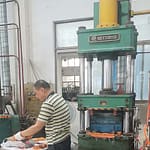



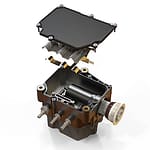
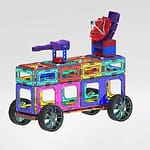


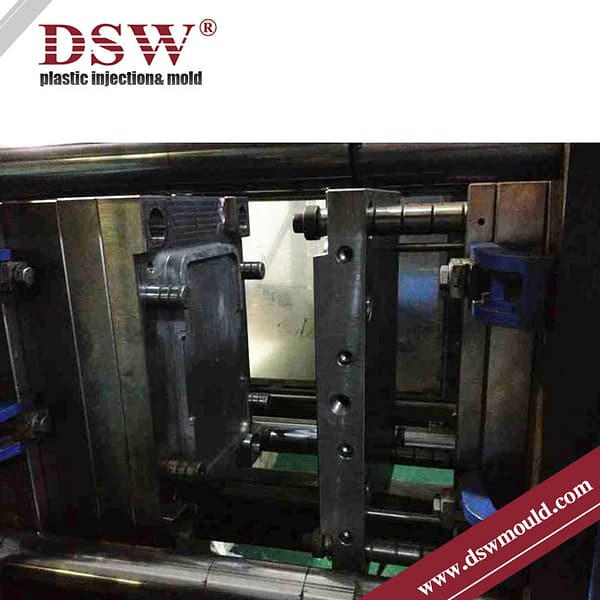




No comment